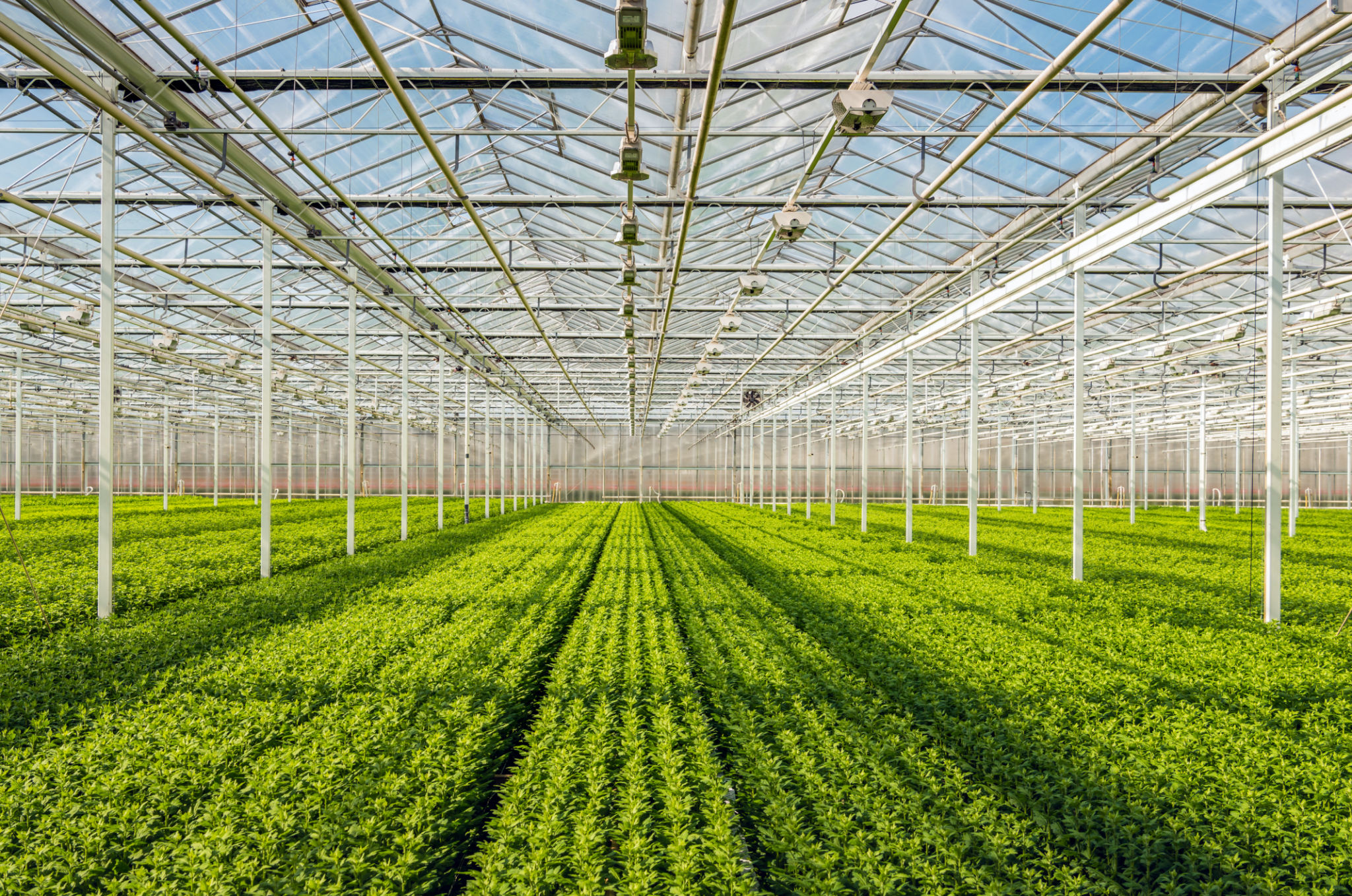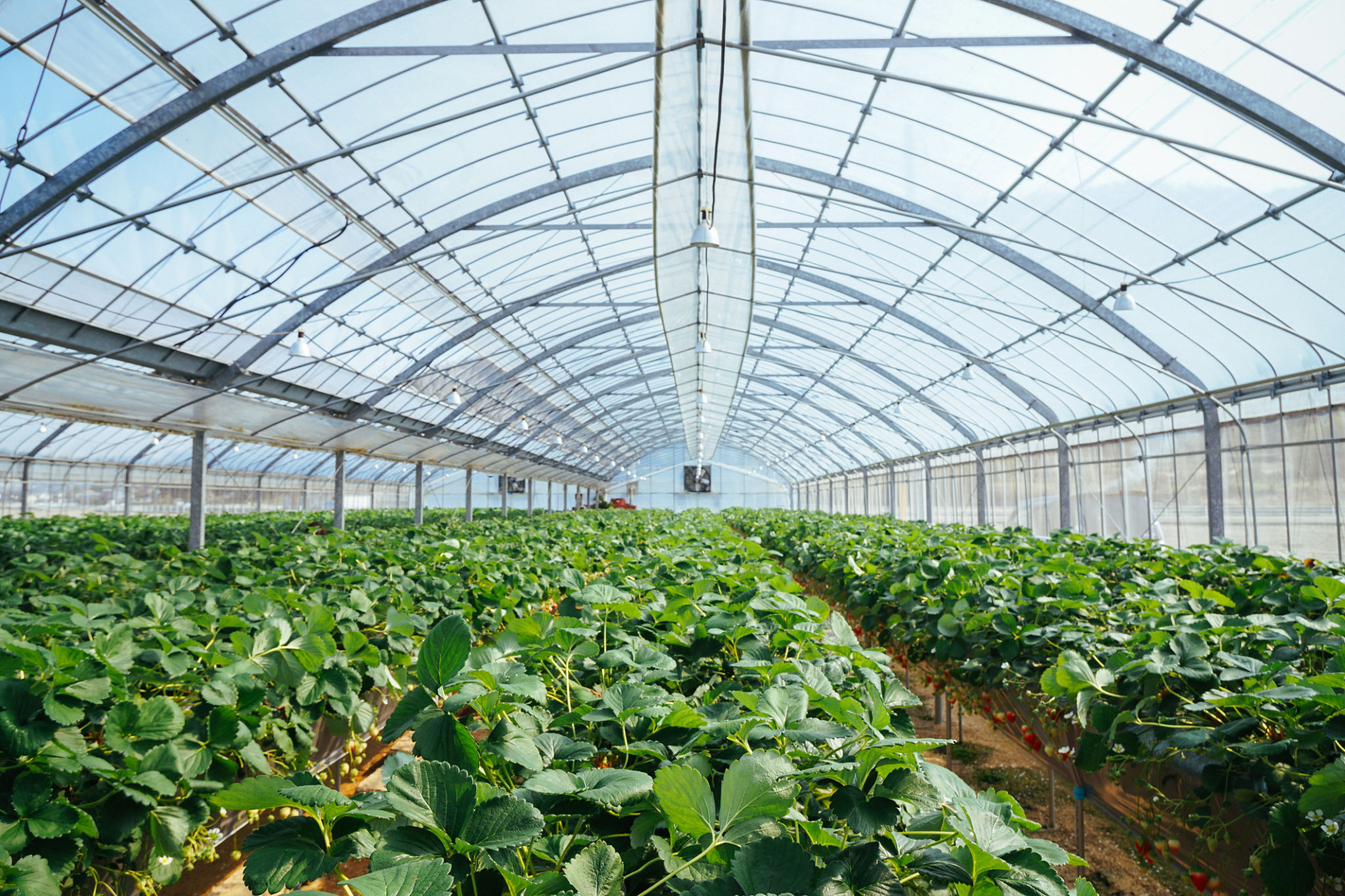Common Myths About Greenhouse Farming in Ghana Debunked
Understanding the Basics of Greenhouse Farming
Greenhouse farming has gained popularity in Ghana due to its ability to enhance crop growth and yield. However, despite its growing acceptance, several myths and misconceptions surround this farming method. These myths can mislead potential farmers and investors, preventing them from making informed decisions. Let's debunk some of the most common myths about greenhouse farming in Ghana.

Myth 1: Greenhouse Farming Is Too Expensive
A prevalent myth is that greenhouse farming is prohibitively expensive and only accessible to large-scale farmers or wealthy individuals. While it's true that initial setup costs can be higher than traditional farming, the long-term benefits often outweigh these costs. Greenhouses allow for year-round production, reducing the risk of crop failure due to adverse weather conditions and ensuring a consistent market supply.
Moreover, various financing options and government programs are available to assist farmers in setting up greenhouses. Many successful small-scale farmers have started with minimal investments and gradually expanded their operations.
Myth 2: Greenhouse Farming Is Not Suitable for Ghana's Climate
Another misconception is that greenhouses are not suited for Ghana's tropical climate. In reality, greenhouses are designed to create controlled environments that optimize plant growth regardless of external weather conditions. By regulating temperature, humidity, and light exposure, greenhouses can protect crops from extreme heat and rainfall.
Advanced technologies such as automated ventilation systems and shading nets are used to adapt greenhouses to specific climatic needs, making them highly versatile for different regions within Ghana.

Myth 3: Greenhouse Farming Produces Inferior Quality Crops
Some believe that crops grown in greenhouses are of inferior quality compared to those grown traditionally. This myth is unfounded as greenhouse farming often results in better-quality produce. The controlled environment minimizes pest infestations and diseases, leading to healthier plants that require fewer chemical interventions.
The ability to regulate nutrients and water supply also contributes to superior crop quality. Farmers can produce high-yielding, nutrient-rich crops that meet both local and international market standards.
Myth 4: Greenhouse Farming Is Labor Intensive
There is a notion that greenhouse farming demands excessive labor and time. While it is true that managing a greenhouse requires a certain level of expertise, the overall labor requirements are not necessarily higher than traditional farming practices. Automation technology can significantly reduce manual labor by controlling irrigation, climate, and pest management systems.
Furthermore, once the greenhouse is properly set up and functioning, the need for labor-intensive activities such as weeding and pest control diminishes, allowing farmers to focus more on monitoring and improving crop quality.

Conclusion: Embrace the Potential of Greenhouse Farming
Greenhouse farming presents a promising opportunity for enhancing agricultural productivity in Ghana. By debunking these common myths, we encourage more farmers to explore the benefits of this innovative farming method. With the right knowledge and resources, greenhouse farming can become a sustainable solution to meet the growing food demands while providing economic benefits to local communities.
As greenhouse technology continues to evolve, it is crucial for farmers and stakeholders to stay informed and dispel misconceptions. Embracing greenhouse farming could be a key step toward achieving food security and improving livelihoods across Ghana.
